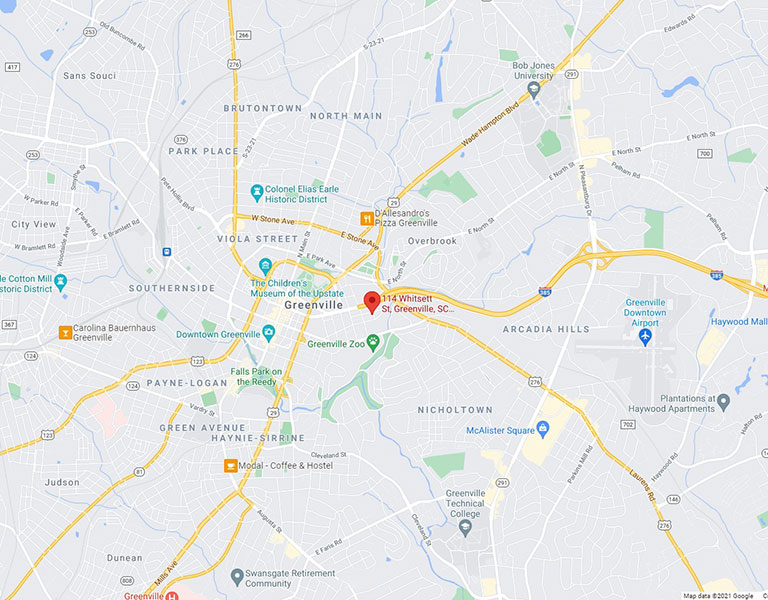The war on drugs is not over, and in South Carolina, law enforcement plays an integral role in getting suspected distributors off the street. When an officer finds narcotics in your possession, it may turn into an even bigger charge.
Many factors go into determining the type of charges you face when caught with drugs. Our legal team actively works to ensure you have the most relevant information at your disposal. Two charges that sound similar but result in very different penalties are distribution and trafficking. Take a look at some of the key differences between these serious drug charges.
The type of drug is key
Drug classifications impact drug charges. The government’s drug classification system puts all substances into four categories. The classification of a drug is dependent on the likelihood of addiction and whether it has an accepted medical use. Class I narcotics are highly addictive with no recognized medical use and include things like LSD and ecstasy. This classification results in the most serious drug charges.
The quantity of drug is a significant factor
Officers must determine if the drug is for personal use. When there is a high quantity of drugs and other evidence is present, such as packaging materials and scales, officers may charge you with distribution. Getting caught in a drug transaction may result in this charge. Trafficking charges, the most severe, come into play when the weight of the substance exceeds a statutorily set amount. This amount varies based on the classification of the drugs. Trafficking conviction penalties depend primarily on prior convictions, the class of drug and the amount.
Familiarize yourself with other drug crimes by following the link to our website.


